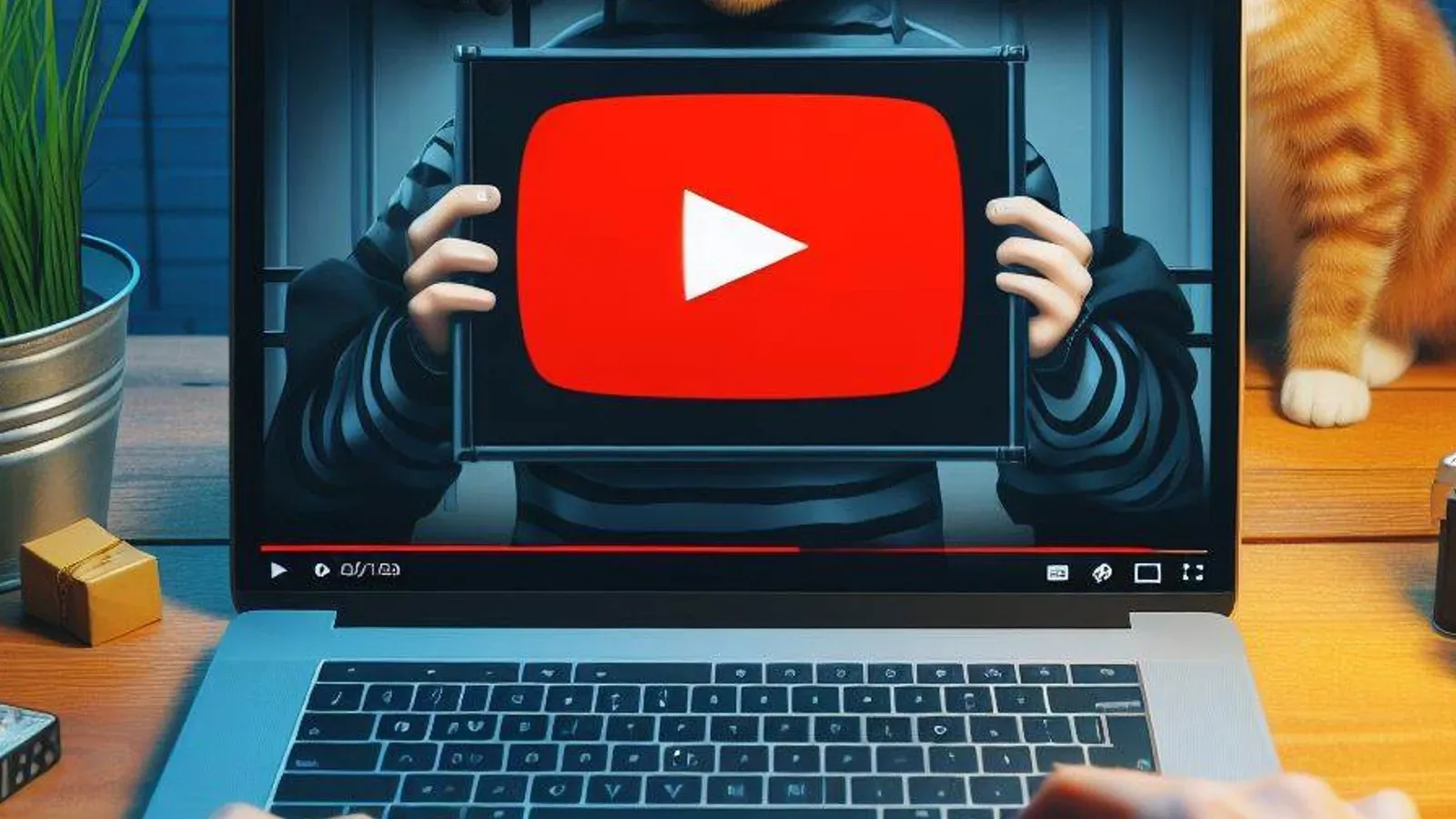Understanding YouTube's reused content policy
A recent update to these policies on April 2024 clarifies the meaning of "repetitious and reused content," impacting how creators approach content creation and marketing strategies on YouTube.

YouTube offers a platform for businesses to reach a wide audience and achieve marketing goals. However, for creators who intend to monetize their content through advertising or fan funding features, understanding YouTube's monetization policies is crucial.
A recent update to these policies on April 2024 clarifies the meaning of "repetitious and reused content," impacting how creators approach content creation and marketing strategies on YouTube.
Original and authentic content: a cornerstone for monetization
YouTube emphasizes that channels eligible for monetization should prioritize original and authentic content. This means content that is:
- Creator-generated: Content should be the product of the channel's own creation. Using borrowed content requires significant modification to qualify for monetization.
- Unique and Varied: Content that offers value and avoids repetitive elements is more likely to be approved for monetization.
Avoiding repetitive content
The updated policy clarifies what constitutes "repetitious content." Channels that feature videos with minimal variation and appear template-driven may be flagged for policy violations.
For instance, content produced using an identical format with little to no difference between videos would likely be considered repetitive. The policy also emphasizes that content should be created with the goal of informing or entertaining viewers, not solely to generate views.
Monetization and repetitive content: examples
The policy offers some helpful examples to illustrate the distinction between acceptable and unacceptable repetitive content. For marketers, these distinctions are particularly important.
- Acceptable: A channel may use the same intro and outro sequence for its videos, but the core content of each video should be unique.
- Acceptable: A channel focusing on product reviews can have videos comparing similar products, as long as each video provides specific details and insights about the featured product.
- Unacceptable: Content featuring slideshows or scrolling text with minimal commentary or educational value would likely be considered repetitive and ineligible for monetization.
Reused Content and Monetization
The policy also clarifies the distinction between "reused content" and acceptable content creation practices. Reused content refers to content that repurposes existing material from YouTube or other online sources without adding significant original commentary, modifications, or value.
Monetization is possible for reused content, provided the creator adds a meaningful and transformative element that distinguishes the new video from the original source. For instance, reaction videos with commentary or edited footage incorporating original storylines and analyses can be eligible for monetization.
Examples of Reused Content Ineligible for Monetization
The policy offers examples to help creators identify reused content that would not be approved for monetization. This is particularly helpful for marketers who may be incorporating user-generated content or copyrighted materials into their campaigns.
- Unacceptable: Uploading compilations of clips from copyrighted shows with minimal narration would violate the reused content policy.
- Unacceptable: Short, unedited videos compiled from social media sources would likely be considered reused content.
- Unacceptable: Uploading content downloaded from other sources without any modifications would violate the policy.
Impact on marketers
Understanding these policy updates empowers marketers to create engaging and informative YouTube content that complies with monetization guidelines. Here are some key takeaways for marketers:
- Focus on Originality: Develop unique content that offers value to the target audience.
- Provide Value: Move beyond basic product promotion and strive to educate or entertain viewers.
- Transform Reused Content: When using existing content, ensure your video adds a substantial and transformative element.
- Stay Informed: Keep up-to-date with YouTube's evolving monetization policies to ensure continued compliance.
By following these guidelines, marketers can leverage YouTube's monetization features to reach their target audience and achieve their marketing goals. Remember, creating high-quality, informative, and engaging content is essential for success on YouTube, regardless of monetization goals.
What does reused content mean?
YouTube published a FAQ addressing common questions creators have about the YouTube Partner Program (YPP) and its reused content policy. This policy is crucial for marketers who intend to monetize their YouTube content through advertising or fan funding features.
The FAQ clarifies the definition of "reused content." According to YouTube, reused content refers to material that is not demonstrably an original creation of the channel. This content may exist on YouTube or other online sources and lack significant original commentary, modifications, or educational/entertainment value.
Examples of reused content
The FAQ provides a list of examples to help creators identify reused content that could lead to monetization restrictions. These examples are particularly relevant for marketers:
- Compilations of clips (movies, sports, gameplay) with minimal narration.
- Short videos stitched together from various social media platforms.
- Collections of songs from different artists, even with permission.
- Uploading videos created by others without substantial edits or commentary.
- Content promoting others' work, even with permission.
- Downloaded or copied content from online sources with minimal changes.
- Videos primarily consisting of non-verbal reactions without additional voice commentary.
The FAQ emphasizes that reused content can still be eligible for monetization if it is transformed in a meaningful way. For instance, adding funny or insightful commentary to reused content can qualify it for monetization. In essence, viewers should be able to discern a clear distinction between the original source and the creator's video.
The FAQ addresses the growing use of AI in content creation. While YouTube acknowledges that AI use doesn't automatically disqualify a channel from monetization, the core principles of the reused content policy still apply. Channels that use AI-generated content but lack originality or demonstrate ambiguity regarding the creator's contribution may face suspension from YPP. Additionally, YouTube expects creators to disclose when their content is altered or synthetic.

